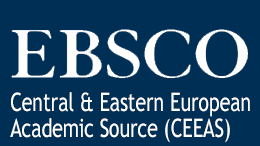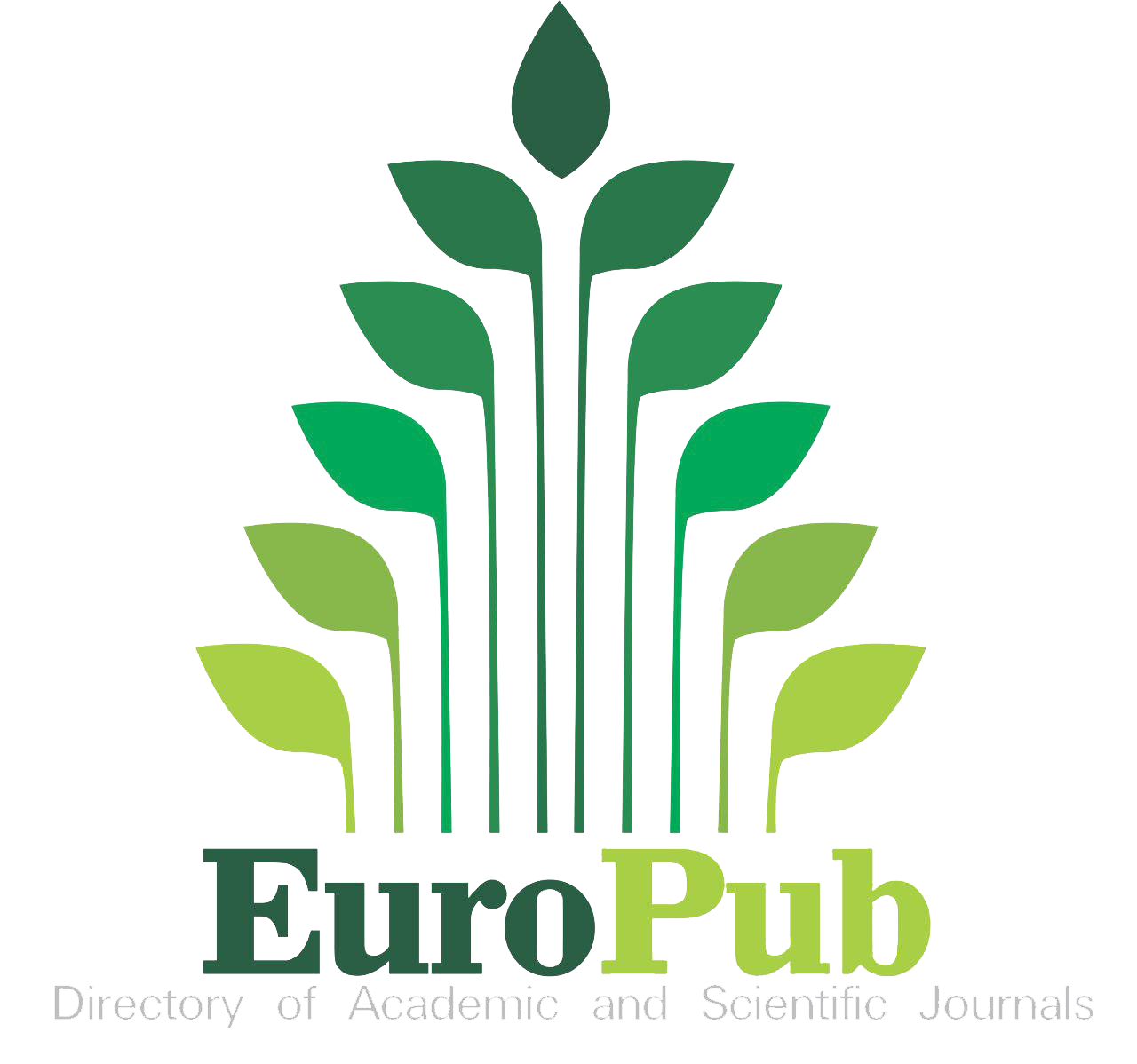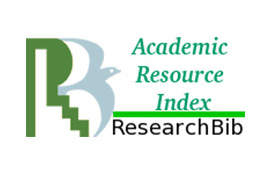Evaluating the protective effects of choline chloride on biochemical alterations induced by paracetamol toxicity in mice: A pilot study
Choline chloride and paracetamol toxicity in mice
DOI:
https://doi.org/10.5281/zenodo.14568793Keywords:
Paracetamol, Toxicity, Choline, Lipids, Protein, ElectrolyteAbstract
Paracetamol (acetaminophen, APAP) toxicity is a significant clinical concern due to its hepatotoxic and nephrotoxic effects, which can lead to disruptions in serum protein synthesis, metabolic changes, and electrolyte imbalances. This study aimed to investigate the biochemical impacts of paracetamol toxicity and evaluate the potential protective effects of choline chloride. Using an in vivo model with balb/c mice, three groups were examined: A control group, an APAP-toxicity group (300 mg/kg paracetamol), and a choline-treated group (300 mg/kg paracetamol with 30 mg/kg choline chloride). Biochemical analyses revealed that paracetamol administration caused a slight but non-significant decrease in serum total protein and albumin levels, reflecting impaired hepatic function. While the toxicity model also showed significant reductions in glucose and triglyceride levels, cholesterol and electrolyte changes were non-significant. Notably, treatment with choline chloride led to a significant increase in serum potassium levels but did not significantly alter other biochemical markers within 24 h. These findings suggest that while choline chloride may support electrolyte balance and modulate certain metabolic disruptions, the short-term model may not capture long-term or more profound biochemical alterations. The study underscores the importance of further research to explore the protective role of choline and extended observation periods to better understand paracetamol-induced toxicity and recovery mechanisms.
References
James LP, McCullough SS, Lamps LW, Hinson JA. Effect of N-Acetylcysteine on acetaminophen toxicity in mice: Relationship to reactive nitrogen and cytokine formation. Toxicol Sci. 2003;75(2):458-467. doi:10.1093/toxsci/kfg181
McGill MR, Williams CD, Xie Y, Ramachandran A, Jaeschke H. Acetaminophen-induced liver injury in rats and mice: Comparison of protein adducts, mitochondrial dysfunction, and oxidative stress in the mechanism of toxicity. Toxicol Appl Pharmacol. 2012;264(3):387-394. doi:10.1016/j.taap.2012.08.015
Hafez EM. Protective and anti-oxidant activity of the euryops arabicus against paracetamol induced hepatorenal toxicity in rats. J Clin Toxicol. 2014;05(01). doi:10.4172/2161-0495.1000227
Salman A, El-Aleem I, Rahman A, Elhusseini T, el-hadary A. Protective impacts of Cupressus sempervirens leaves extracts against paracetamol hepatotoxicity. Benha Vet Med J. 2017;32:41-49. doi:10.21608/bvmj.2017.31110
Rutherford SH, Greetham GM, Towrie M, et al. Detection of paracetamol binding to albumin in blood serum using 2D-IR spectroscopy. Analyst. 2022;147(15):3464-3469. doi:10.1039/d2an00978a
Elkomy A. Ameliorative effect of thymus oil on paracetamol induced hepato-renal toxicity: A biochemical, antioxidant and histopathological studies. J Pharmacol Clin Res. 2017;4(3). doi:10.19080/jpcr.2017.04.555637
Dwivedi VK. Efficacy study of livartho against paracetamol induced hepatotoxicity in adult Sprague Dawley rats. J Drug Metab Toxicol. 2016;5(6). doi:10.4172/2157-7609.1000175
Venkateswarlu G. Hepatoprotective activity of Limnophila repens against paracetamol-induced hepatotoxicity in rats. Int J Green Pharm. 2019;13(3). doi:10.22377/ijgp.v13i3.2598
Yousef M, Helal OK, Adly N. Histological study of the effect of paracetamol on the seminiferous tubules of adult rabbits. Egypt J Histol. 2011;34(4):790-799. doi:10.1097/01.ehx.0000407615.77259.7a
Pakravan N, Shokrzadeh M, Akbari F, Shadboorestan A. Effect of a toxic dose of acetaminophen on electrolytes and histopathological changes in the kidney. J Clin Toxicol. 2015;2:64-70. doi: 10.14205/2310-4007.2014.02.02.3
Xie H, Yepuri N, Meng Q, et al. Therapeutic potential of α7 nicotinic acetylcholine receptor agonists to combat obesity, diabetes, and inflammation. Rev Endocr Metab Disord. 2020;21(4):431-447. doi:10.1007/s11154-020-09584-3
Zazueta C, Buelna-Chontal M, Macías-López A, et al. Cytidine-5’-Diphosphocholine protects the liver from ischemia/reperfusion injury preserving mitochondrial function and reducing oxidative stress. Liver Transplant. 2018;24(8):1070-1083. doi:10.1002/lt.25179
De Mel JU, Gupta S, Harmon S, et al. Acetaminophen interactions with phospholipid vesicles induced changes in morphology and lipid dynamics. Langmuir. 2021;37(31):9560-9570. doi:10.1021/acs.langmuir.1c01458
Jaeschke H, Werner C, Wendel A. Disposition and hepatoprotection by phosphatidyl choline liposomes in mouse liver. Chem Biol Interact. 1987;64(1):127-137. doi:https://doi.org/10.1016/0009-2797(87)90066-4
Ilcol YO, Yilmaz Z, Cansev M, Ulus IH. Choline or CDP-choline alters serum lipid responses to endotoxin in dogs and rats: Involvement of the peripheral nicotinic acetylcholine receptors. Shock. 2009;32(3):286-294. doi:10.1097/SHK.0b013e3181971b02
Baris E, Simsek O, Efe H, et al. Effects of CDP-choline and choline on COX pathway in LPS-induced inflammatory response in rats. Int J Pharmacol. 2021;17(2):84-96. doi:10.3923/ijp.2021.84.96
Sun L, Yin H, Liu M, et al. Impaired albumin function: a novel potential indicator for liver function damage? Ann Med. 2019;51(7-8):333-344. doi:10.1080/07853890.2019.1693056
Kamoru WO, Ademola AA, Akanni OW, Timothy KO, Adegboyega AO. Protective effect of methanol extract of Russelia equisetiformis against paracetamol-induced hepatotoxicity in Wistar rats. Univers J Pharm Res. 2021;5(6 SE-Research Articles). doi:10.22270/ujpr.v5i6.508
El Menyiy N, Al-Waili N, El Ghouizi A, Al-Waili W, Lyoussi B. Evaluation of antiproteinuric and hepato-renal protective activities of propolis in paracetamol toxicity in rats. Nutr Res Pract. 2018;12(6):535-540. doi:10.4162/nrp.2018.12.6.535
Ahmad S, Zeb A. Nephroprotective property of trifolium repens leaf extract against paracetamol-induced kidney damage in mice. 3 Biotech. 2020;10(12). doi:10.1007/s13205-020-02539-0
Khan Z, Abumedian M, Ibekwe M, Musa K, Mlawa G. Acute renal impairment in patients due to paracetamol overdose in the absence of hepatic impairment. Cureus. 2021;13(12):e20727. doi:10.7759/cureus.20727
Menyiy N El, Al-Waili NS, Al-Waili W, Lyoussi B. Evaluation of antiproteinuric and hepato-renal protective activities of propolis in paracetamol toxicity in rats. Nutr Res Pract. 2018;12(6):535. doi:10.4162/nrp.2018.12.6.535
Hafez HM, Hassanein H. Montelukast ameliorates doxorubicin-induced cardiotoxicity via modulation of p-glycoprotein and inhibition of ROS-mediated TNF-α/NF-κB pathways. Drug Chem Toxicol. 2022;32(3): 194-203. doi:10.1080/01480545.2020.1730885
Larsen MT, Kuhlmann M, Hvam ML, Howard KA. Albumin-based drug delivery: Harnessing nature to cure disease. Mol Cell Ther. 2016;4:3. doi:10.1186/s40591-016-0048-8
Cooperman LH. Succinylcholine-induced hyperkalemia in neuromuscular disease. JAMA. 1970;213(11):1867-1871. doi:10.1001/jama.1970.03170370051009
Smith RB. Hyperkalaemia following succinylcholine administration in neurological disorders: A review. Can Anaesth Soc J. 1971;18(2):199-201. doi:10.1007/BF03025450
Baker BB, Wagner JA, Hemenway WG. Succinylcholine-Induced hyperkalemia and cardiac arrest. Arch Otolaryngol. 1972;96(5):464-465. doi:10.1001/archotol.1972.00770090696014
Dar AI, Saxena RC, Bansal SK. Hepatoprotection: A hallmark of Citrullus colocynthis L. against paracetamol induced hepatotoxicity in swiss albino rats. Am J Plant Sci. 2012;03(07):1022-1027. doi:10.4236/ajps.2012.327121
Record CO, Chase RA, Alberti KG, Williams R. Disturbances in glucose metabolism in patients with liver damage due to paracetamol overdose. Clin Sci Mol Med. 1975;49(5):473-479. doi:10.1042/cs0490473
Cobden I, Record CO, Ward MK, Kerr DN. Paracetamol-induced acute renal failure in the absence of fulminant liver damage. Br Med J (Clin Res Ed). 1982;284(6308):21-22. doi:10.1136/bmj.284.6308.21
Macfie C, Wall E, Ash S. Paracetamol overdose presenting with hyperglycaemia, acidosis and ketonuria in a non-diabetic patient. Acute Med. 2009;8:78-79.
Downloads
Published
How to Cite
Issue
Section
License
Copyright (c) 2024 Rats

This work is licensed under a Creative Commons Attribution 4.0 International License.


















